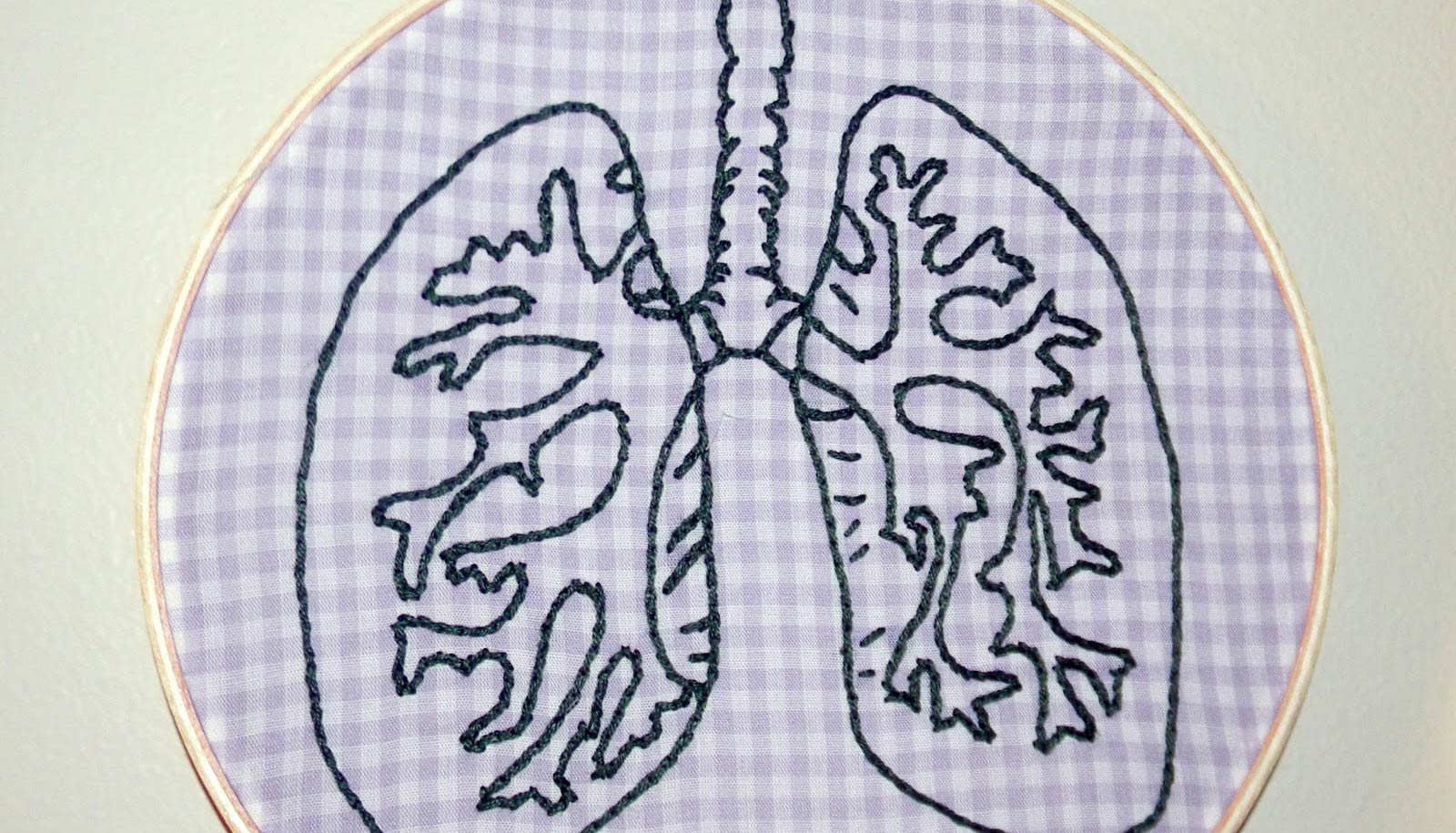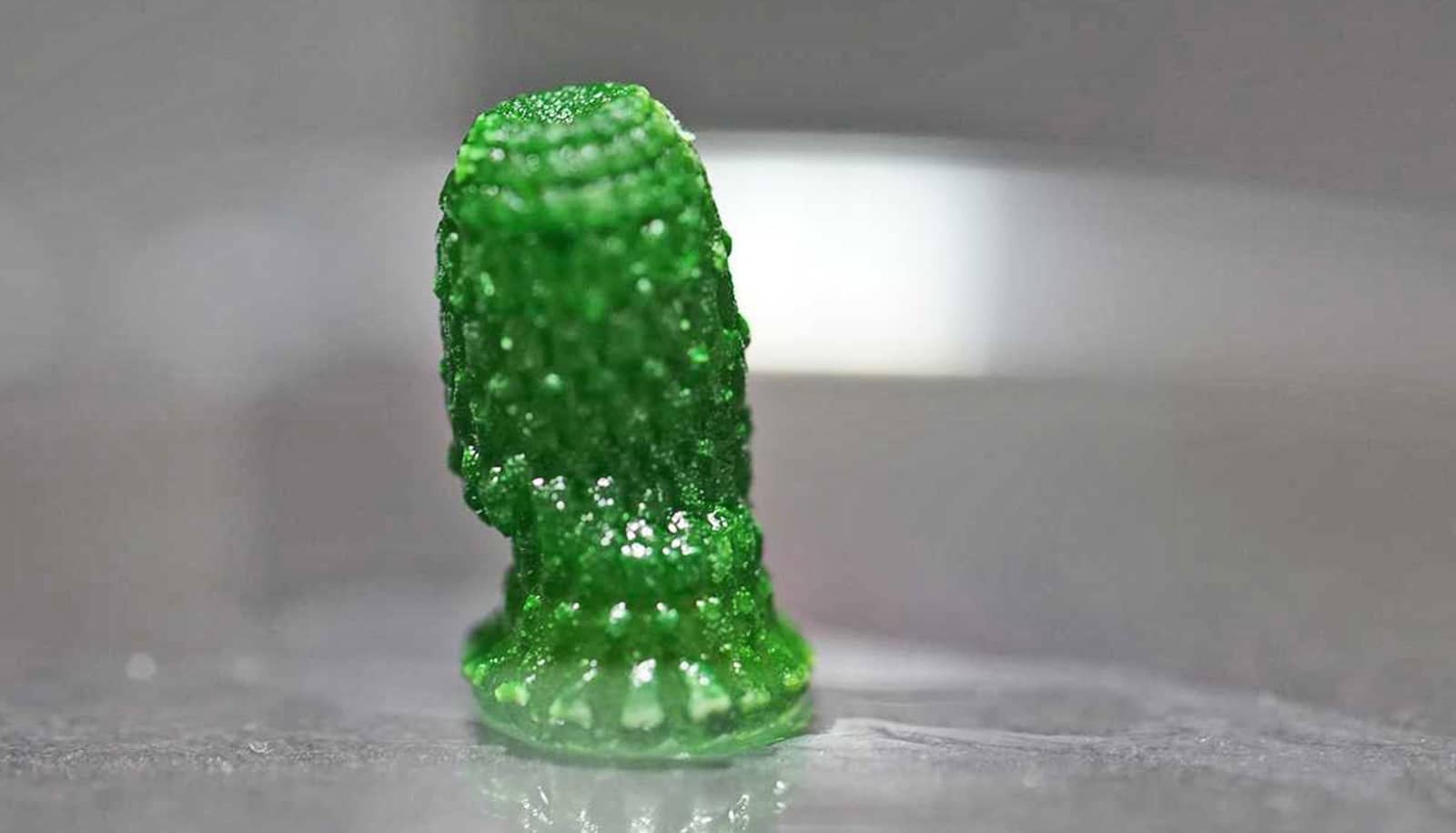For young children with cystic fibrosis, the lungs’ bacterial population changes in the first few years of life as respiratory infections and inflammation set in, new research suggests.
The study, which appears in PLOS Pathogens, offers a way to predict the onset of lung disease in children with CF and suggests a larger role for preventive therapies, such as hypertonic saline.
Cystic fibrosis can shorten life by making the lungs prone to repeated bacterial infections and associated inflammation.
“[There may be] an opportunity for early intervention that could dramatically increase the quality of life for these kids.”
“Lung symptoms in kids with CF are likely due to an increased burden of bacteria,” says study senior author Matthew Wolfgang, associate professor of microbiology and immunology at University of North Carolina at Chapel Hill. “This implies there’s an opportunity for early intervention that could dramatically increase the quality of life for these kids.”
CF affects about 70,000 people globally, and is most common in children of Northern European ethnicity—about one of every 2,500 births. The disease is caused by a dysfunctional version of the CFTR gene that encodes the CFTR protein. Mucus becomes dehydrated and thick—a sanctuary for bacteria—leading to repeated infections, inflammation, and eventually structural damage to lungs and upper airway tissues. The life expectancy of CF patients is about 40 years.
Most CF studies are done in adults and older children, so relatively little is known about how and when inflammation, bacterial infections, and lung damage begin. To shed more light on that question, researchers analyzed bacterial DNA in samples of lung-lining fluid gathered from young children as part of an ongoing Australian project called AREST CF.
“It’s challenging and rare to get access to such samples,” says Wolfgang, a member of the UNC Marsico Lung Institute. “Here in the United States, we don’t perform bronchoscopies on children diagnosed with CF if they don’t yet have clinical symptoms.”
The scientists found that in most of the samples from CF children who were less than a year old, there were little or no signs of bacteria.
“If there was no significant evidence of bacteria, there was also no sign of inflammation, and the child generally appeared healthy,” Wolfgang says.
“…lung bacterial infections start much earlier than we had expected in children with CF…”
In children between ages one and two, the pattern was different: many samples contained a significant amount of bacterial DNA—from the same bacterial species that normally populate the mouth and throat. These bacteria are not typically regarded as lung pathogens.
“We can’t go so far as to say that these kids have active infections, but clearly there’s a significant increase in the bacterial burden in their lungs, and we know these bacteria provoke inflammation,” Wolfgang says.
In children age three to five, the samples contained increasing evidence of more worrisome bacteria, particularly Pseudomonas aeruginosa, Staphylococcus aureus, and Haemophilus influenzae, which are commonly found in older CF patients with more severe lung disease.
Test aims to match cystic fibrosis patients with treatment
As the bacterial burden worsened, molecular signs of inflammation increased. Also, lung X-ray studies of the children revealed mounting signs of structural lung disease as the bacterial burden increased.
“This tells us lung bacterial infections start much earlier than we had expected in children with CF, and these infections are likely the earliest drivers of structural lung disease,” Wolfgang says.
Many of the bacterial species in the young children with CF, he notes, were “anaerobic” microbes that thrive in conditions of very low oxygen. This finding suggests that the dehydrated, thickened CF lung mucus creates pockets of low oxygen in lung tissues.
“Therapies aimed at breaking up mucus very early in life might be very beneficial to these kids,” Wolfgang says. “These therapies could postpone the increase in bacterial burden, including the shift towards the more pathogenic species.”
Doctors already give preventive antibiotics to young children in Australia, Germany, and the UK. However, Wolfgang notes that the children in the AREST CF study, who were treated with antibiotics until the age of two, still showed a clear progression of bacterial burden and inflammation.
“It could be that other therapeutic strategies, such as thinning mucus, may be more successful,” he says.
Wolfgang and colleagues at the UNC Marsico Lung Institute now hope to do a similar, long-term study analyzing the lung bacteria of individual children and the changes in these “bacteriomes” over several years. The researchers want to evaluate the effectiveness of an early mucus-thinning intervention, for example hypertonic saline—salt water delivered via inhaler—which is already used to hydrate mucus in older CF patients.
Enzyme may cause runaway inflammation in cystic fibrosis
Marianne S. Muhlebach, professor of pediatrics at the UNC School of Medicine, and Bryan T. Zorn, a UNC research specialist, are co-first authors of the study.
The National Institutes of Health and the Cystic Fibrosis Foundation funded this research. The National Health and Medical Research Council Centre for Research Excellence in Australia funded the collection of samples used in this study.



